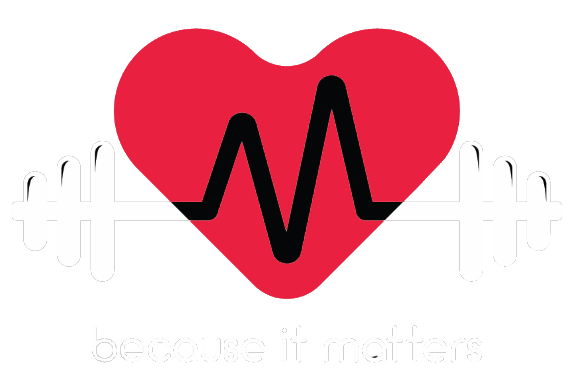kettlebells for everyone
Kettlebell exercises have exploded in popularity in recent years, and for good reason. They are a versatile and highly effective tool for a wide range of fitness goals, from building strength and power to improving cardiovascular health and mobility. The unique design of kettlebells, featuring a cast iron or steel ball with a handle, allows for dynamic, full-body movements that are difficult to replicate with other types of weights.
Unlike machines that isolate a single muscle group, kettlebell exercises are almost always compound movements. They mimic and strengthen real-life actions like lifting, carrying, and swinging. Examples of kettlebell exercises include: Kettlebell swings, kettlebell squats, kettlebell snatch, kettlebell halos and kettlebell upright rows.
The Benefits of kettlebells
- Increased Strength and Power: Builds muscular strength and explosive power, especially in the hips, glutes, and hamstrings.
- Boosts Cardiovascular Fitness: Elevates the heart rate, providing a high-intensity cardio workout.
- Improved Core Strength and Stability: The off-center weight requires constant core engagement to stabilize the body.
- Promotes Joint Health and Mobility: The dynamic nature of kettlebell exercises, especially those that involve a full range of motion, can help to improve joint mobility and flexibility. The continuous motion also strengthens the stabilizer muscles around joints, leading to greater stability and a reduced risk of injury.
- Enhanced Grip Strength: The thick handle provides a significant grip challenge.
- Better Posture: Strengthening the posterior chain (the muscles of the back of the body) helps to improve posture and counteract the effects of a sedentary lifestyle.
- Corrects Muscle Imbalances: Unilateral exercises (using one kettlebell at a time) help to identify and correct imbalances between the left and right sides of your body.
kettlebell Swings
The kettlebell swing is a dynamic exercise that uses a powerful and explosive hip-hinge to propel the kettlebell forward and upward.
The kettlebell swing is a fantastic exercise for developing the “triple extension” — the simultaneous extension of the hips, knees, and ankles — which is a key component of athletic movements like jumping and sprinting.
Pro Tip for Kettlebell Swings Execution
- It’s a Hip Hinge, Not a Squat: This is the most common mistake. The movement should come from your hips, not your knees.
- The Hips Drive the Movement: Your arms are just levers.
- Keep Your Back Neutral: Throughout the entire movement, maintain a straight back.
- Start with a Light Kettlebell: Don’t let your ego get in the way.
- The “Hike” is Crucial: The backswing is what sets you up for a powerful forward swing.
- Avoid Hyperextension: At the top of the swing, your body should be a straight, vertical line. Don’t arch your back or lean backward.
kettlebell upright rows
The kettlebell upright row is a strength training exercise where you stand and lift a kettlebell vertically from a hanging position to a position near your chin. The movement involves pulling the kettlebell upward along your body, with your elbows leading the way.
While it’s a popular movement, it’s crucial to perform it with proper form to avoid placing stress on the shoulder joint. When executed correctly, it’s an effective way to build muscle and improve strength in the deltoids and traps.
Pro Tip for Kettlebells Upright Rows Execution
- Lead with Your Elbows: This is the most important tip for proper form and shoulder safety. Your elbows should always be higher than your wrists throughout the movement.
- Maintain a Neutral Grip: When holding the kettlebell with both hands, keep a neutral grip (palms facing your body).
- Keep the Kettlebell Close to Your Body: The kettlebell should travel in a straight, vertical line very close to your body.
- Squeeze at the Top: Once the kettlebell reaches its peak height (around your chin), pause for a moment and consciously squeeze your shoulders and traps.
- Control the Negative (Eccentric) Phase: Don’t just let the kettlebell drop.
- Choose the Right Weight: This is not an exercise for lifting heavy. Using too much weight can cause you to cheat on the form.
- Avoid Over-Lifting: Don’t pull the kettlebell up past your chin. Lifting too high can place the shoulder joint in a vulnerable position and increase the risk of impingement.
- Engage Your Core: While it’s primarily an upper-body exercise, a tight core will help stabilize your body throughout the movement.

